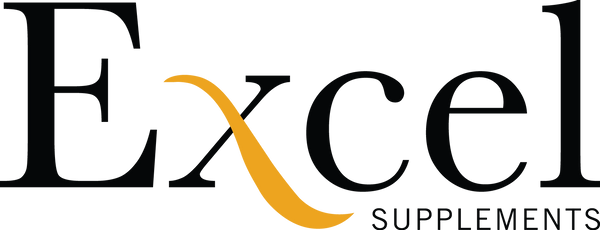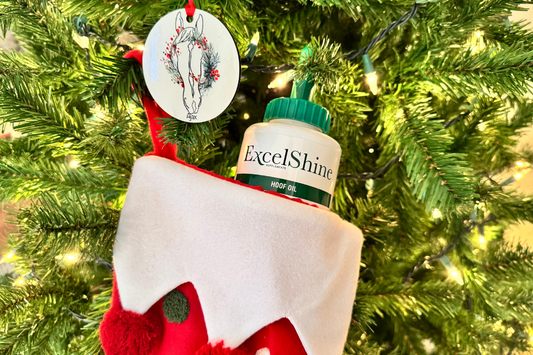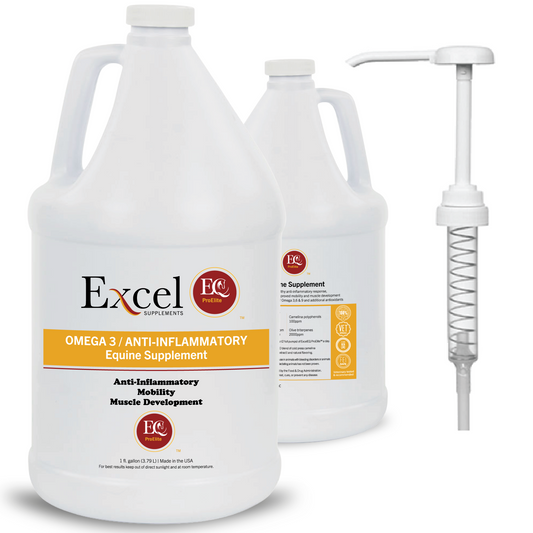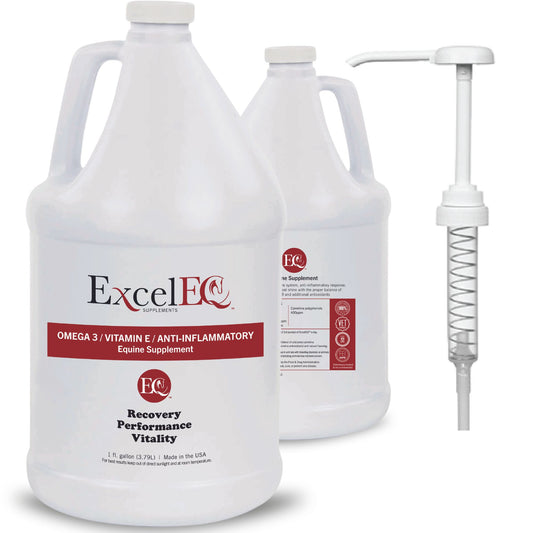Horse Feed Tag Breakdown: The Guaranteed Analysis
Share
Introduction to Horse Feed Tags
As horse owners become more informed about their equine partners’ nutritional needs, understanding the feed tag’s Guaranteed Analysis (GA) has become crucial. It's not just about protein percentages and price tags anymore—it's about what’s really inside that feed bag. In this article, we will break down the Guaranteed Analysis to help you make educated decisions for your horse’s diet.
For optimal health and performance, consider supplementing with high-quality products like ExcelEQ ProElite or ExcelEQ Camelina Oil. These supplements enhance your horse's nutrition by providing essential fatty acids and balanced nutrients. Read on to discover how to read feed tags effectively and make the most of your horse's diet.
What Does a Feed Tag Include?
Federal and State Regulations
Feed tags are regulated by both federal and state laws, ensuring consistency across different brands. Here’s what you’ll typically find on a commercial feed tag:
- Product Name and Brand
- Purpose Statement: Specifies the intended species and class of animal
-
Guaranteed Analysis: Includes several key metrics
- Minimum percent Crude Protein (CP)
- Minimum percent Crude Fat (Fat)
- Maximum percent Crude Fiber (CF)
- Minimum and Maximum percent Calcium (Ca)
- Minimum percent Phosphorous (P)
- Minimum Copper (Cu) in parts per million (PPM)
- Minimum Selenium (Se) in parts per million (PPM)
- Minimum Zinc (Zn) in parts per million (PPM)
- Minimum Vitamin A (International Units (IU) per pound)
- Feed Ingredients
The Purpose of Guaranteed Analysis
Decoding the Guaranteed Analysis
The Guaranteed Analysis provides crucial information about the nutritional content of horse feed. It lists the minimum and maximum amounts of key nutrients, including crude protein, crude fat, and crude fiber. These numbers reflect the guaranteed nutrient levels but not the quality of those nutrients.
ExcelEQ ProElite can help bridge any nutritional gaps, ensuring that your horse receives premium-quality nutrients essential for their well-being.
Protein: Why Minimums Matter
Proteins are listed as minimums because they are a costly ingredient. Government regulations mandate that the listed amount is the least that should be present in the feed. For growing horses, mares in late pregnancy, and lactating mares, a protein level of 14-18% is essential. Adult horses generally require 9-12% protein, while seniors need about 12-14%.
Feeding too much protein can lead to excess ammonia in urine, which may cause respiratory issues. ExcelEQ ProElite offers balanced protein levels to support your horse’s needs without overloading them with excess protein.
Fat Content: An Energy Source
Fat is a valuable energy source, providing about 2.5 times more energy per pound than carbohydrates and protein. Feeds typically contain 2-4% fat, but high-fat concentrates can offer 6-12% fat. Including high-fat feeds is beneficial for horses needing extra energy.
Consider incorporating ExcelEQ Camelina Oil into your horse’s diet to provide a healthy source of fat that supports energy levels and overall health.
Fiber Levels: Importance for Digestion
Fiber is vital for proper digestion. Feeds with less than 7% fiber are energy-dense, while those with more than 12% fiber are lower in energy. Understanding fiber levels helps in selecting feeds that meet your horse’s energy requirements.
Starch Content and Nutritional Strategy
Low-Starch Feeds
For horses with weight concerns or metabolic issues, choosing a feed with low nonstructural carbohydrates (NSC) is ideal. Look for feeds with an NSC < 20% for lower starch levels.
Vitamins and Their Role
Vitamins A, D, and E
Vitamins are categorized into water-soluble and fat-soluble types. Horses can synthesize some vitamins, but deficiencies in vitamins A, D, and E are common, especially in horses with limited access to green forage.
ExcelEQ ProElite contains essential vitamins to support your horse’s health, ensuring they get the nutrients they need even if their feed falls short.
Essential Minerals
Calcium and Phosphorus
The balance of calcium and phosphorus is crucial for bone health. A calcium
ratio between 1:1 and 2:1 is ideal. Imbalances can lead to developmental issues in young horses and other health problems.
Trace Minerals
Trace minerals like copper, zinc, and selenium are essential in small amounts. Premium feeds and supplements often include these minerals to meet daily requirements.
ExcelEQ ProElite can help ensure your horse receives the right balance of trace minerals for optimal health and performance.
Conclusion
Understanding the Guaranteed Analysis on feed tags is key to providing your horse with the best nutrition. By learning how to read these tags and choosing high-quality supplements like ExcelEQ ProElite and ExcelEQ Camelina Oil, you can ensure your horse’s diet supports their overall health and performance.
Stay tuned for Part 2 of our series, where we’ll delve into reading between the lines of ingredient lists to further refine your horse’s nutritional strategy.






